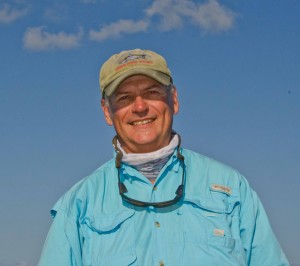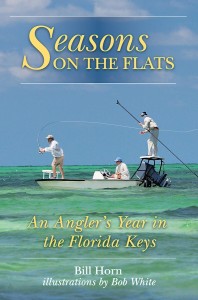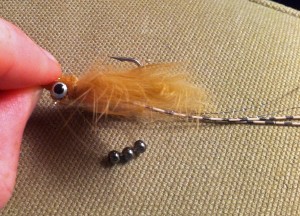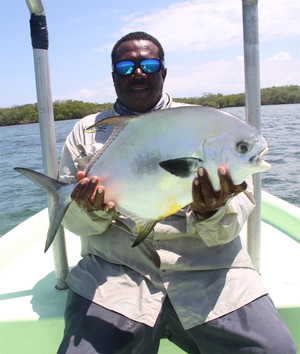A Permit by any other name is probably way, way less valuable.
I’ve been going to the California Academy of Sciences for a few years now. Located in Golden Gate Park in San Francisco, it is packed with aquatic life. Penguins to Sea Bass to Electric Eels, this place has it all (including an adult tarpon). From the very first trip I was particularly drawn to a little exhibit just in the front door to the left with black tip reef sharks, rays, some baby tarpon and pompano. This is a tank you stand above and look down into, since the water in only about two feet deep. There were three baby tarpon and then two and then one and now they are no more. Seems the black tips got hungry at night and ate them. Oops. I still wonder why they were left in the tank after the first one got munched, but, that’s a different question.
I love seeing the pompano in the exhibit since they look a lot like permit and I’ve actually caught pompano down in Mexico. I’ve caught exactly 1 permit and only cast at a half-dozen or so. Over the years those pompano have gotten bigger and bigger and now, they look incredibly like permit and I’d swear they were permit, if not for the yellow, where there should be black.
I submitted a comment card and actually asked what species of fish these were. The director of the Steinhart Aquarium (part of the CAS) told me they were Trachinotus blochii, aslo called the Snubnose Pompano.

Photo by J.E. Randall
The thing that has kind of been bugging me is how much those fish look like what I’ve seen called “Indo-Pacific Permit.”
At fishbase.org there is no fish called the Indo-Pacifi Permit (or Indopacific Permit or Indo Pacific Permit). That would seem a pretty glaring omission.
If I look at a picture labeled “Indo-Pacific Permit,” well, I’m starting to see a Snubnose Pompano.
I need to add here that I could be wrong. I’m not an icythyologist by any stretch. However, I don’t see anything scientific about Indo-Pacific Permit anywhere. Permit and Pompano are closely related, so it isn’t that much of a stretch. Jacks, trevally, pompano and permit are all related, which makes them one hell of a hard-pulling family.
I think it is an interesting insight that we need to (if I’m right) re-invent a fish to make it something worth chasing. How many anglers would fly thousands of miles to catch a pompano? It is pretty well known that anglers will fly thousands of miles to catch permit (and drop a few grand in the process). Why can’t a Snubnose Pompano be worth pursuing on its own? It looks a very worthy target.
Anyone have any insight into the Indo-Pacific Permit and if I’m right on this one?










